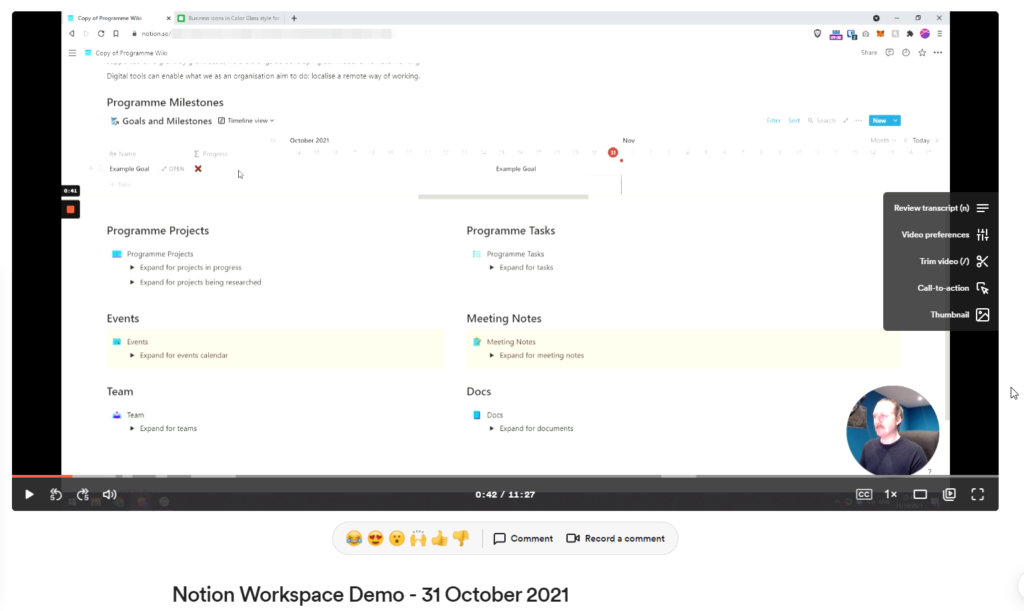I’m trying harder to find my “voice” with this article.
Part of that is writing more in the style of how I chat to people on 𝕏. The other part is including a handwritten version of this newsletter.
If you’d like to download the handwritten PDF with some extra notes, you can get it here: AI SOPs.pdf
Now, onto the article!
How I’m using AI to write SOPs
You’re tasked with upgrading servers at work, but you’re no expert.
You dive in head-first, and before you know it, you’ve broken everything 😬
Servers are down, files aren’t transferring, and you’re scrambling to fix the mess you’ve made.
That was me last week.
Cue the panic.
AI to the Rescue
At the day job, we have a subscription to ChatGPT. I’ve been using it every day to help with my Python work.
The 4o model was released just in time to help me with my server issue. The biggest advantage to using AI is that I don’t have to bother my coworkers for help.
So, I fired off my questions to the AI. And within minutes, it had helped me find the issue and fix it.
Crisis over!
But how do I make sure this doesn’t happen again?
Proactive SOPs
What if I could turn this experience into a set of generic instructions?
Something to stop me from fucking up again.
I went back to ChatGPT and gave it this prompt:
“Can you give me a generic SOP to cover the fact that I broke everything? The purpose of this Doc is to make sure this doesn’t happen again.”
And just like that, I had an SOP I could save to ClickUp.
It included questions to ask yourself before making any modifications, such as:
- What systems or processes is this change related to?
- Will this change potentially break anything?
Future server upgrades just became 10x.
Hopefully you can see this isn’t all about servers and you can you use the process for any aspect of work.
The ClickUp Connection
One thing I’ve realised at the day job is that we need way more documentation in general.
It’s something that most people don’t think about doing.
It seems so unnecessary, until it isn’t.
I used to add “Documenting” as a status to my tasks. But that soon became too complicated.
Instead, it’s far more efficient to keep statuses simple and use subtasks for things like documentation.
This way you can see who is responsible for the documentation. It doesn’t always have to be the original ticket owner.
The Takeaway
I want to minimise the number of mistakes I make. So I’m embracing AI tools like ChatGPT to help me fix problems and proactively prevent them.
By making SOPs and documenting key processes, I’ll save myself and my team headaches down the line.
Always document your work. Your future self will thank you 😊


